In the Philippines, female agricultural workers are paid less than their male counterparts. The 2017 Philippine Statistics Authority data showed that female farm workers receive P255.80 per day while males receive P284.72. Despite this difference, female workers persevere, that just in Central Luzon, there’s a female for every two male farmers.
With the involvement of women in agriculture, PhilRice has come up with gender-friendly machines.
Ride on attachment hand tractor
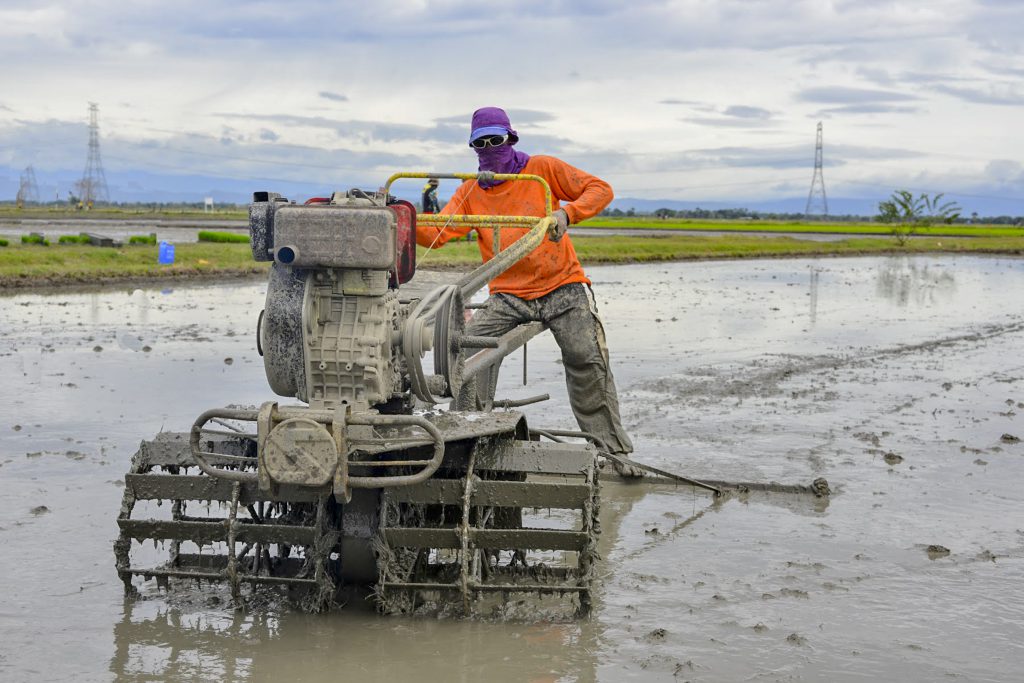
In traditional farming using the plow, farmers usually walk approximately 10km to finish harrowing a hectare of land. With the ride-on attachment hand tractor, farmers can harrow in a comfortable way.
The ride-on attachment hand tractor is a detachable machine compatible with any brands of hand tractors.
The packaged machine can be purchased at P15,000 including the harrower, plow, and leveler. The harrower alone can be purchased at P5,000 only. Some offer it at P3,000.
Microtiller, P50,000
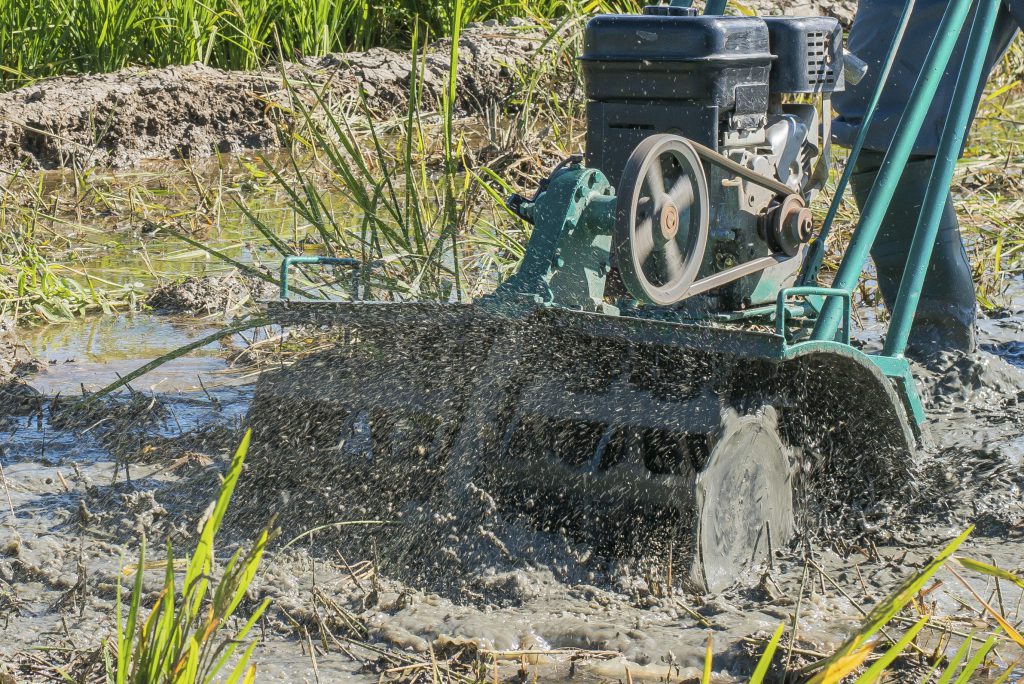
There are highland areas in the country, especially in the Cordillera, where women primarily farm. They use their bare feet to level muddy land for days. To lessen their burden, microtiller was designed to reduce days of work to an hour.
A 6-horsepower machine, microtiller was created for soil preparation, particularly in high altitudes like rice terraces. It can easily be transported as it is small and weighs not more than 50kg, which two farmers can easily lift.
Drumseeder, P8,000 – P10,500
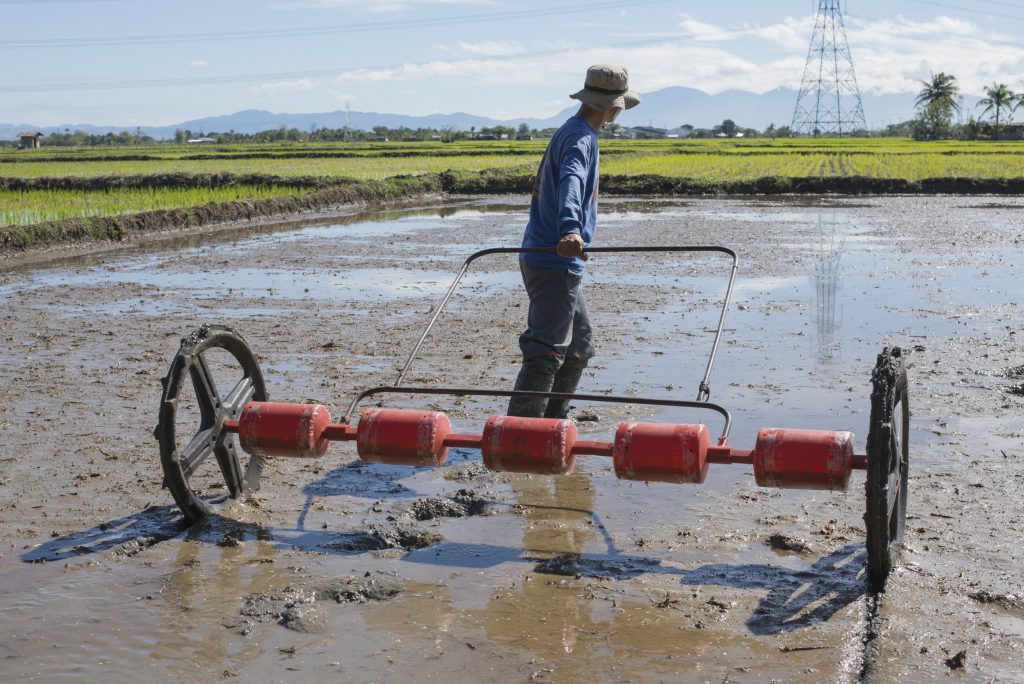
Drumseeders are made of lightweight materials, which weigh only 10kg. It has 5 drums with 10 rows that can be filled with 1-2kg of seeds and can cover 1-2ha in a day with 20cm space.
With a price equivalent to transplanting a hectare, this machine lowers seed cost. Two cavans of rice seeds are used in a hectare in broadcasting, while in drumseeder, a cavan is already enough.
Multi-crop flour mill, P50,000
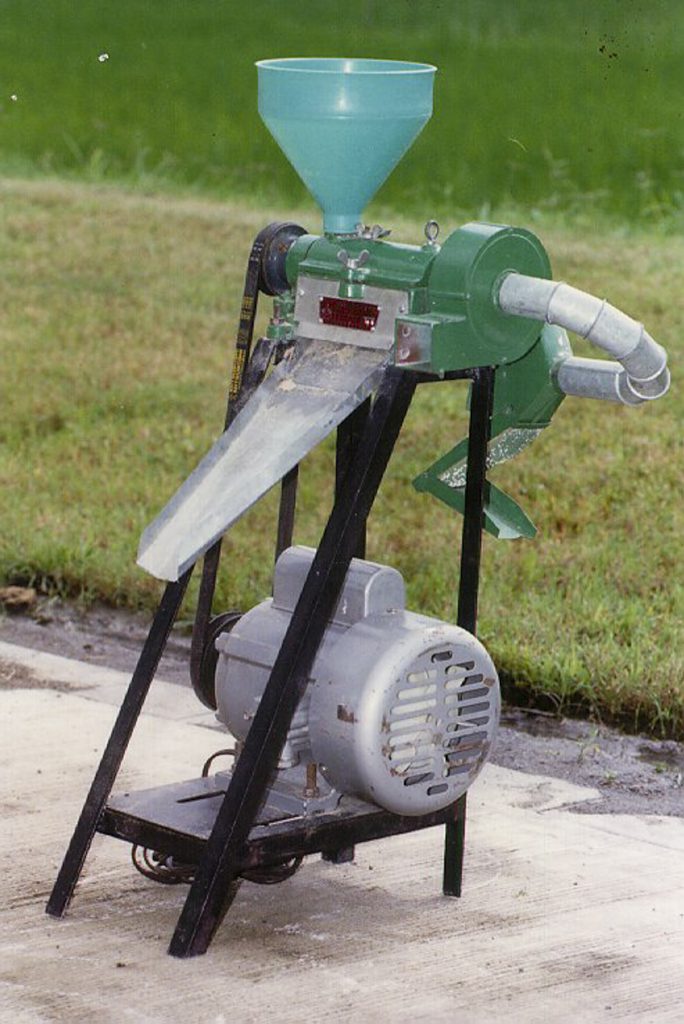
Soaking crop to extract flour could easily decay the product. The powder can be produced from crops without soaking them in water using the multi-crop flour mill.
The machine is made mainly for women who produce flour not only from rice but also from corn, cassava, squash, water yam, and nalta jute. It also powders dried crops to extract flour, which can be stored for a longer period.
Squash flour producers in Nueva Ecija is already using the multi-crop flour mill. It has premium materials to avoid rust contamination from pulverizing crops.
Pedal- type brown rice machine, P20,000-P30,000
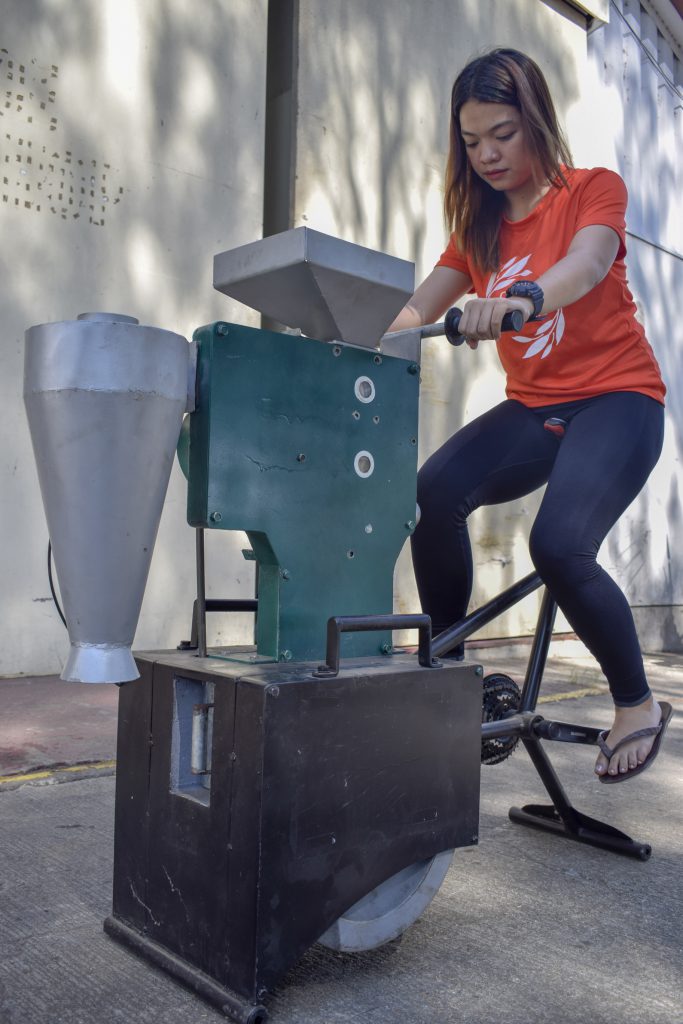
Brown rice is proven to have nutrients that are good for the body. According to research, it has more dietary fiber that helps in digestion; polyphenols that help prevent cancer and cardiovascular diseases; and antioxidants particularly rice oil, which is necessary for fighting certain forms of cancer.
With the nutritional value of brown rice, consumers have been seeking it in the market, but only few sellers offer it. Some even sell brown rice at a higher price.
To help lower the production cost of brown rice, the pedal-type brown rice machine was developed.
Pedal-type brown rice produces healthy brown rice through pedaling like a bike. This requires a one-man peddler to dehull 1-2kg rice in an hour.
“In our demo, there were suggestions to insert motor, so old farmers can use it should they want to produce brown rice from their own harvest. Hence, we inserted a one-half horsepower engine,” Juliano said.
Gasifier (P2,500) and rice hull stove (P1,000)
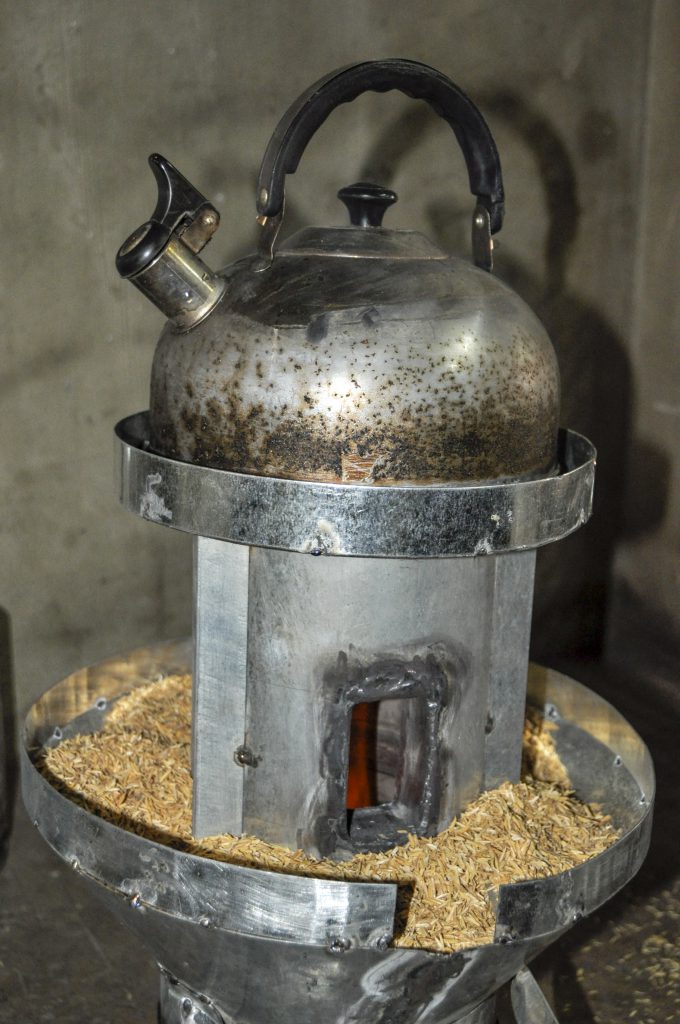
With the increasing LPG price, gasifier stove could help lessen household expenses as it uses rice hull.
This stove has a small blower that produces a bluish flame, which is comparable with LPG. It is safe to use indoor and outdoor.
Meanwhile, the Maligaya rice hull stove is only for outdoor use because it does not have a blower.




